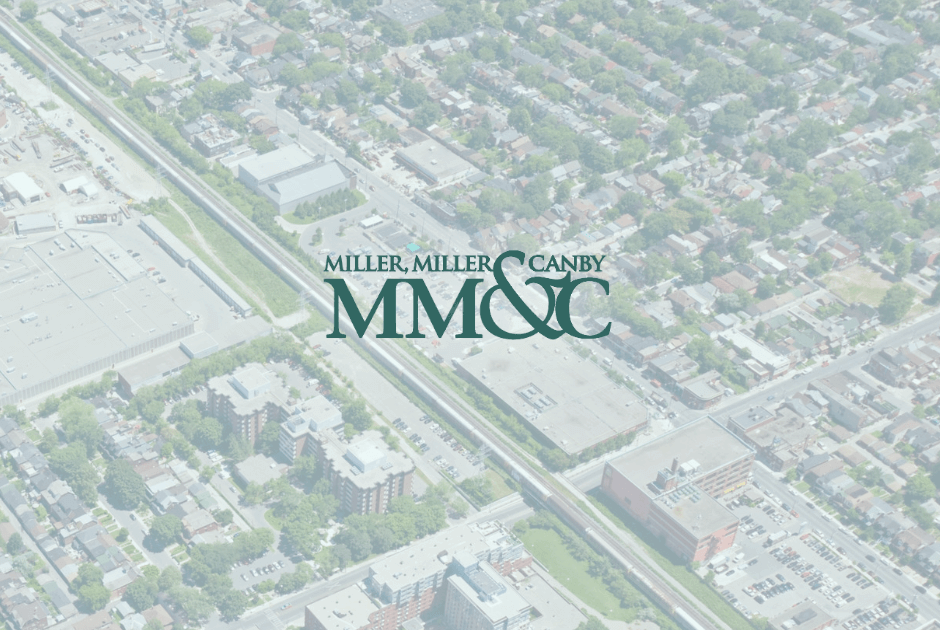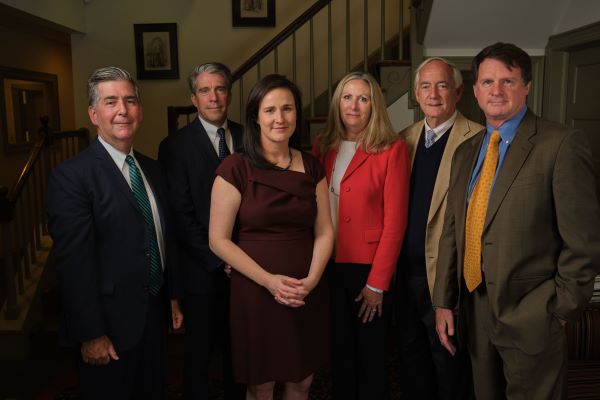In the past several years, state and local governments nationwide have been under increased pressure to grant wireless infrastructure site approvals to expand wireless technology connectivity, in order to meet dramatically increasing consumer demand for better and faster service. In fact, the use of data (watching videos and television, searching the internet, sending photos, using social media, etc.) on mobile devices increased 42 percent from 2015 to 2016. Sixty-one percent of mobile traffic consists of watching videos, and this is projected to grow to 77 percent by 2020.
The Effect on Local Municipalities
Montgomery County and the City of Gaithersburg are both currently reviewing how they will handle the growing number of requests from a land use perspective to place wireless antennas within their borders. In the past, the practice was to place antennas on the tallest buildings, towers and water tanks. As wireless technology is evolving, local governments are receiving more applications to deploy cell antennas on smaller structures in residential neighborhoods and commercial areas. Federal law does not allow local jurisdictions to enact zoning laws that would prohibit wireless service. Therefore, in Montgomery County and the City of Gaithersburg zoning text amendments (ZTAs) are being proposed to allow for practices that enhance optimal service, while regulating the nature of exactly where these antennas may be placed and how they will screened to protect the aesthetics of community neighborhoods and commercial areas.
What Landowners Need to Know
The need for a large number of locations for new wireless infrastructure facilities will involve landowners, wireless companies and local governments in dramatic ways. “Property owners in Montgomery County and surrounding areas who own smaller buildings and lower-height properties, as well as undeveloped land, should be advised that they may be approached for the next wave of 5G (5th Generation) installation locations,” said Miller, Miller & Canby’s telecommunications attorney Sean Hughes. “There are a number of stipulations these groups should be aware of with respect to the process of navigating leases, franchise agreements and land use entitlements.”
Sean Hughes is a member of Miller, Miller & Canby’s Land Use practice group. His career spans more than two decades of focus in legal and wireless telecommunications.
For more information about Miller, Miller & Canby’s Land Use practice, please contact Sean Hughes at 301.762.5212 or click here.







Share this Article: